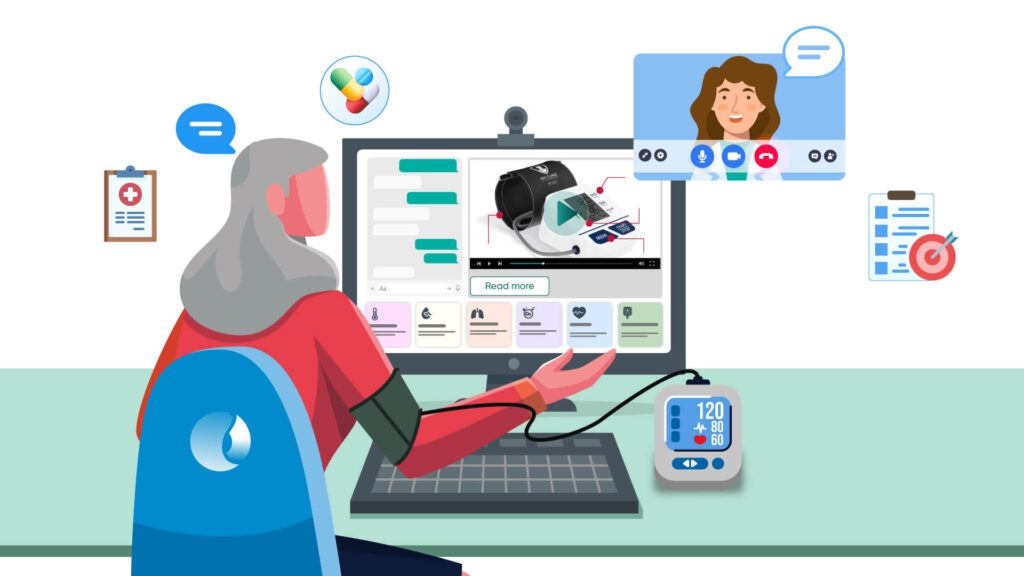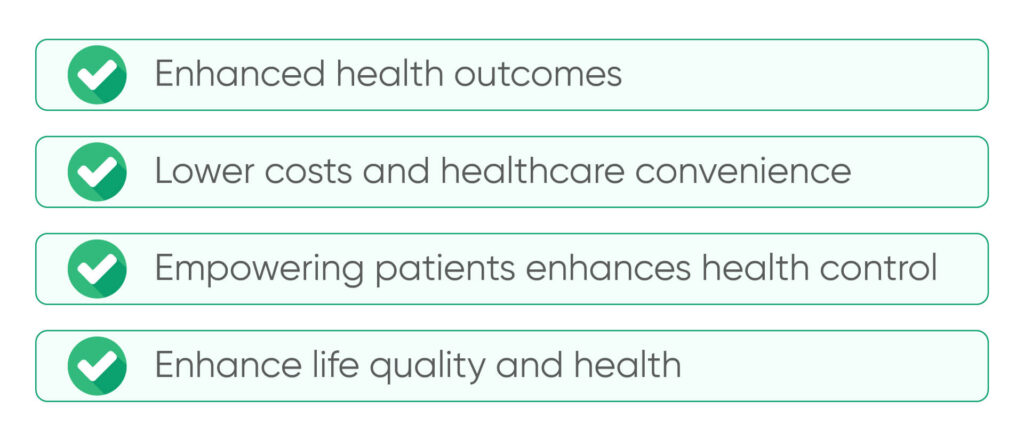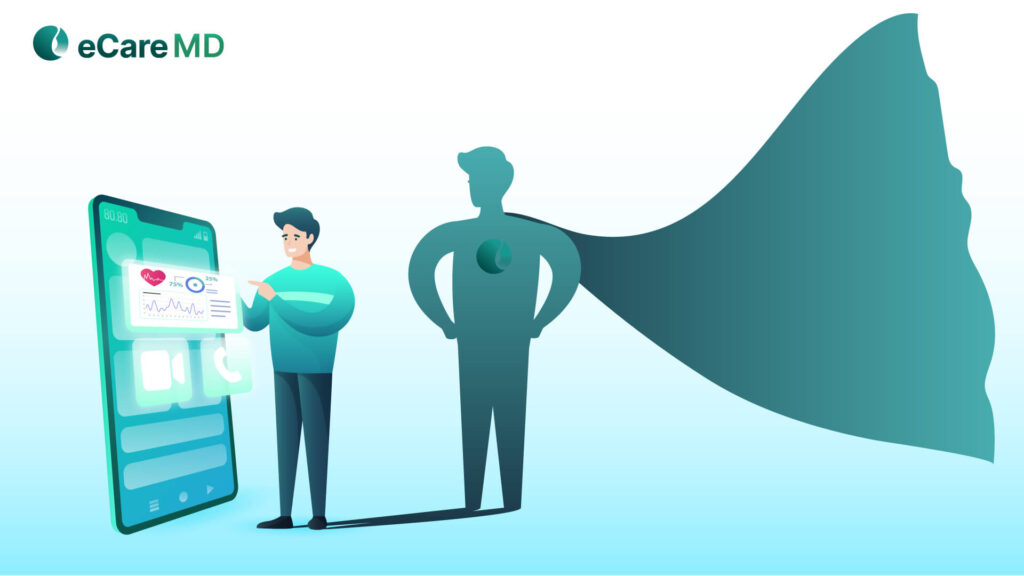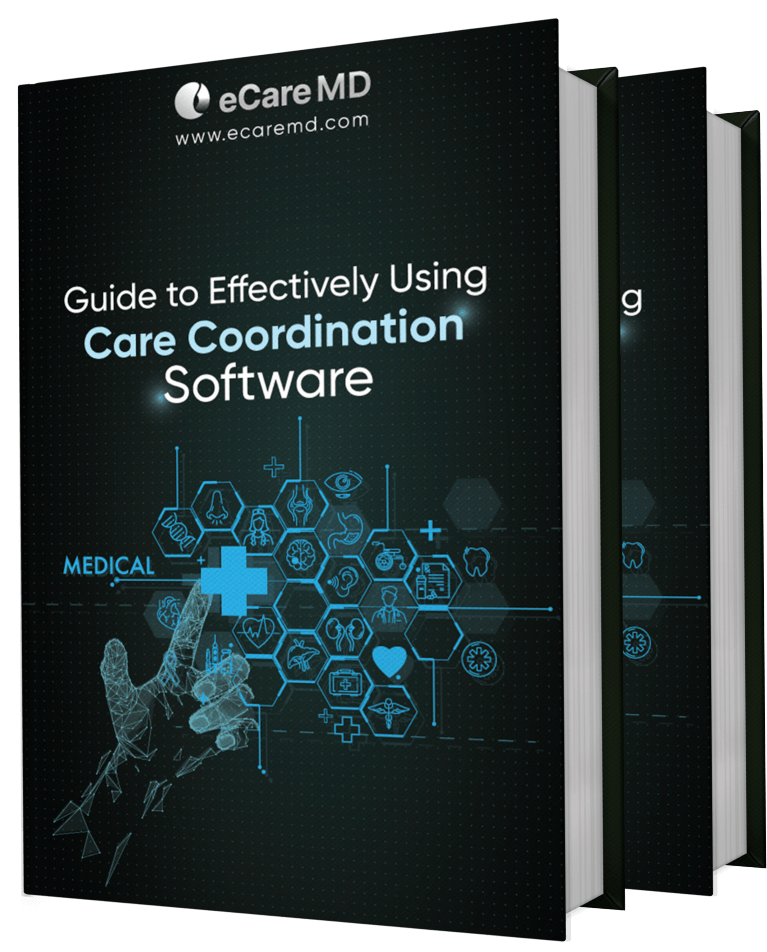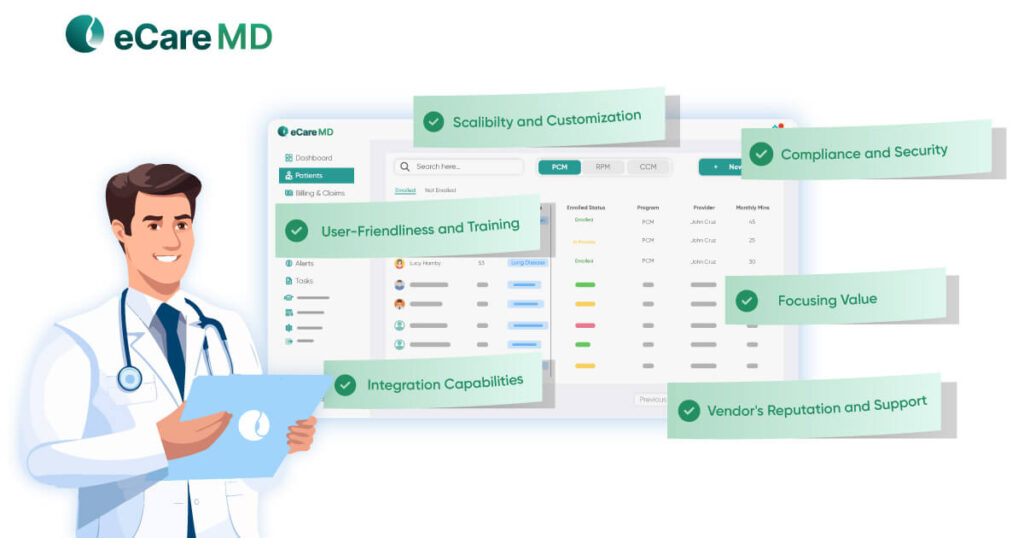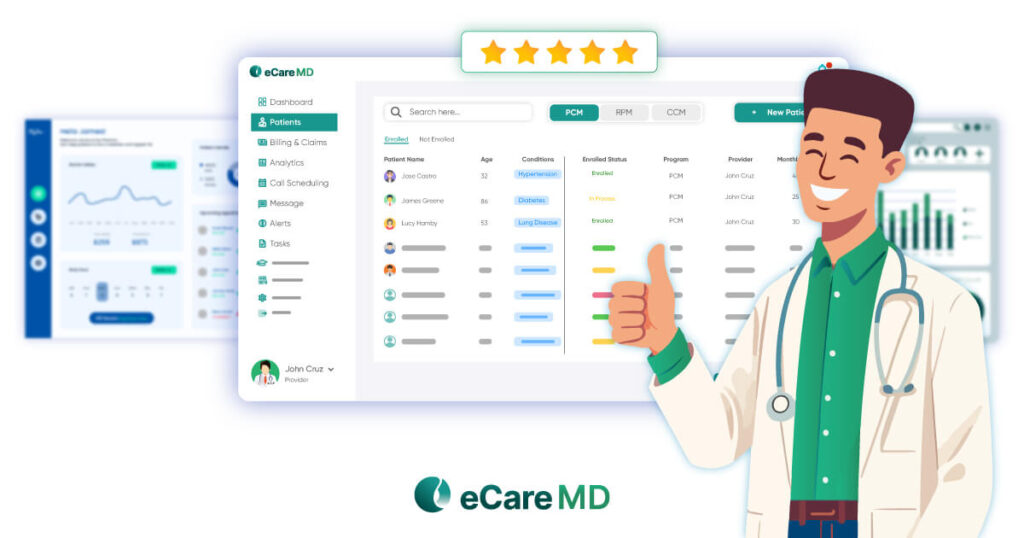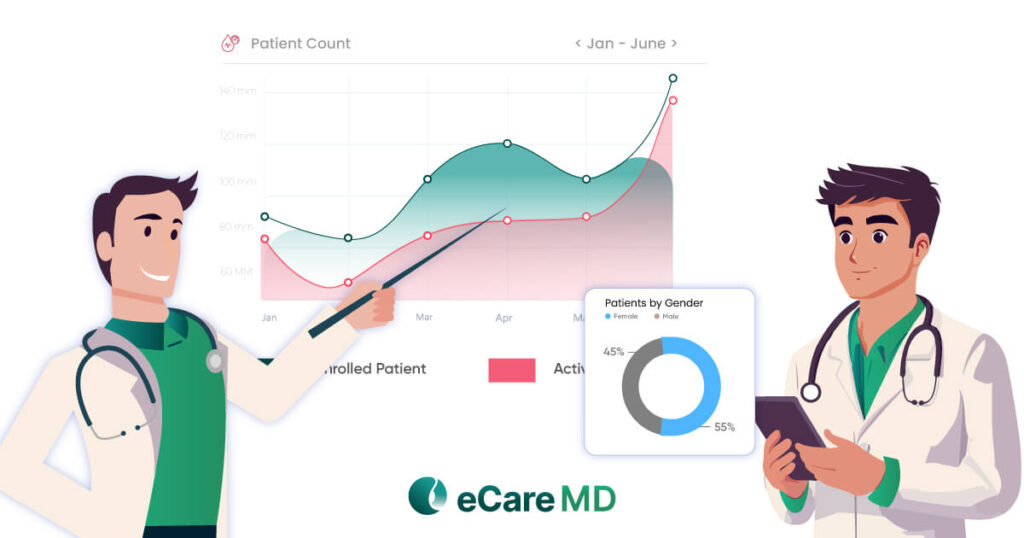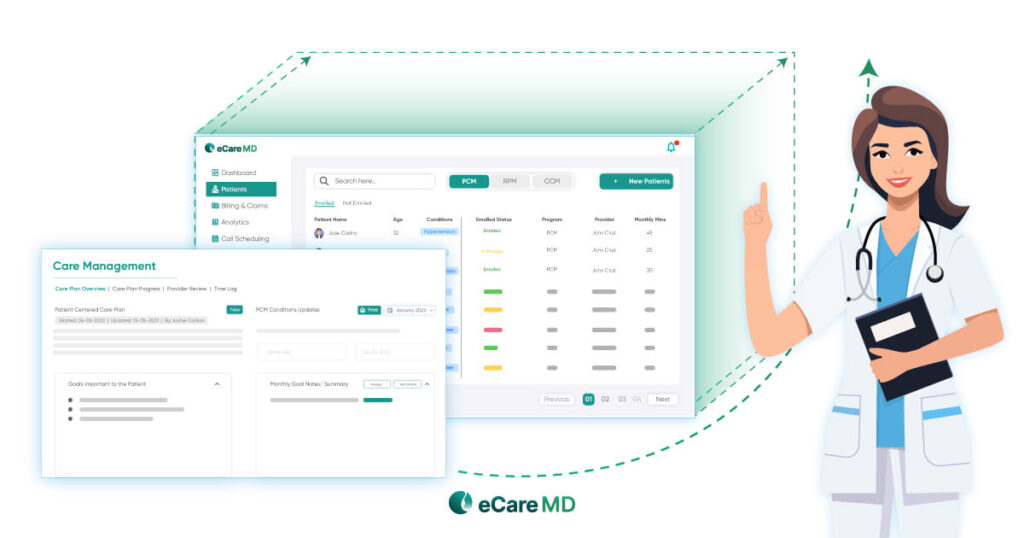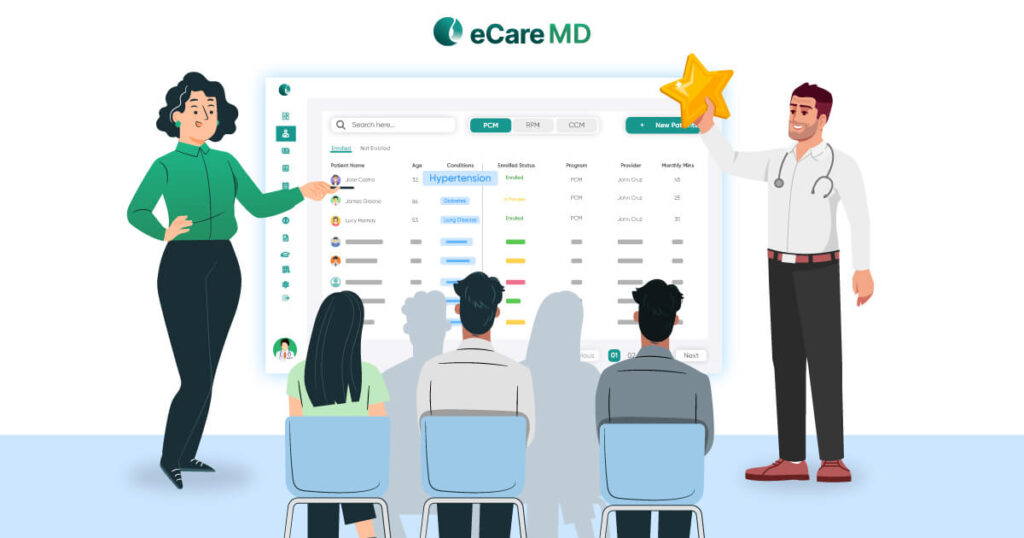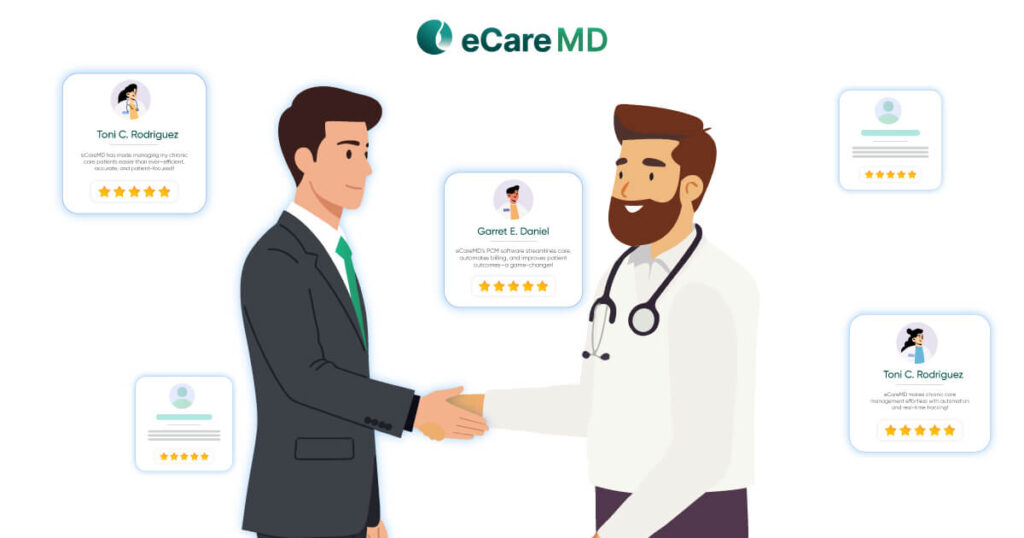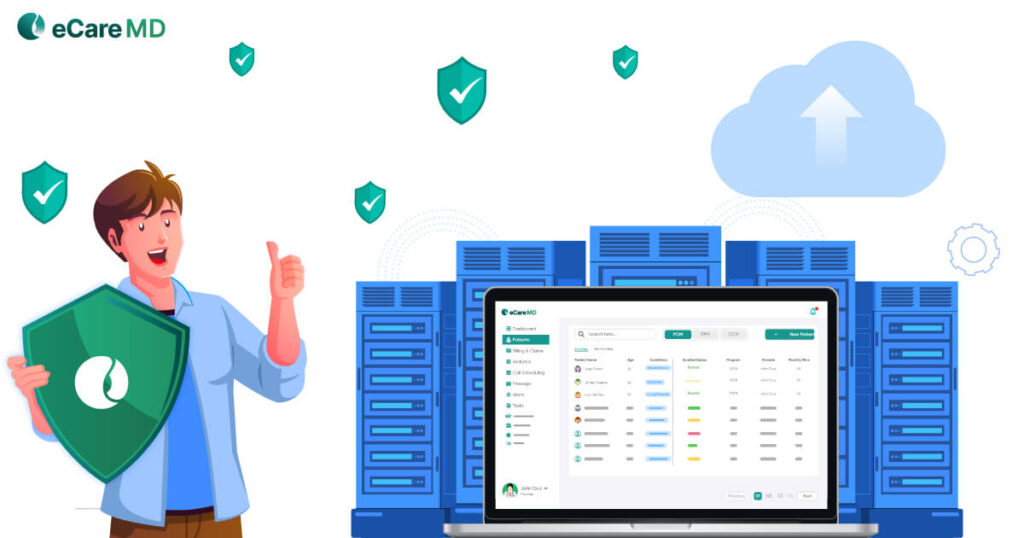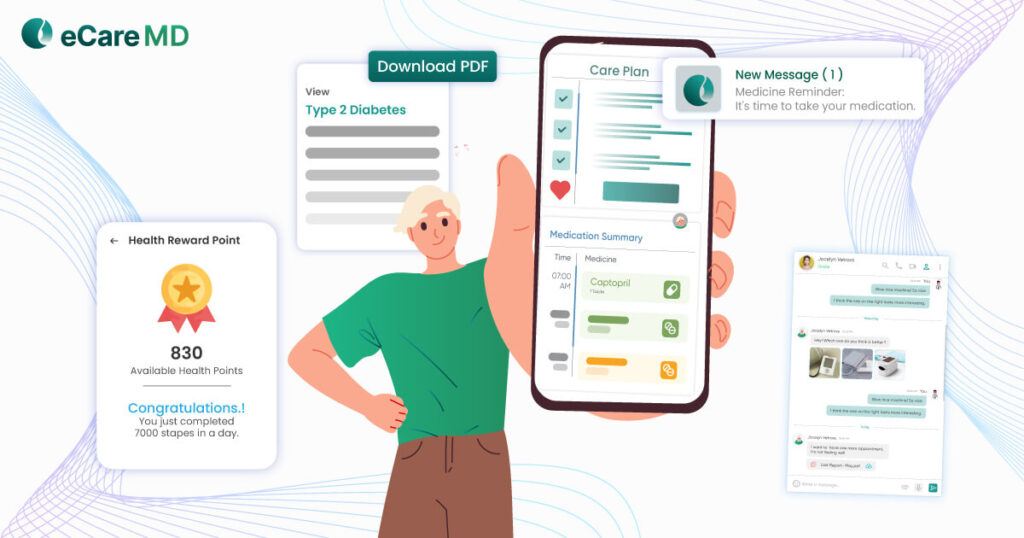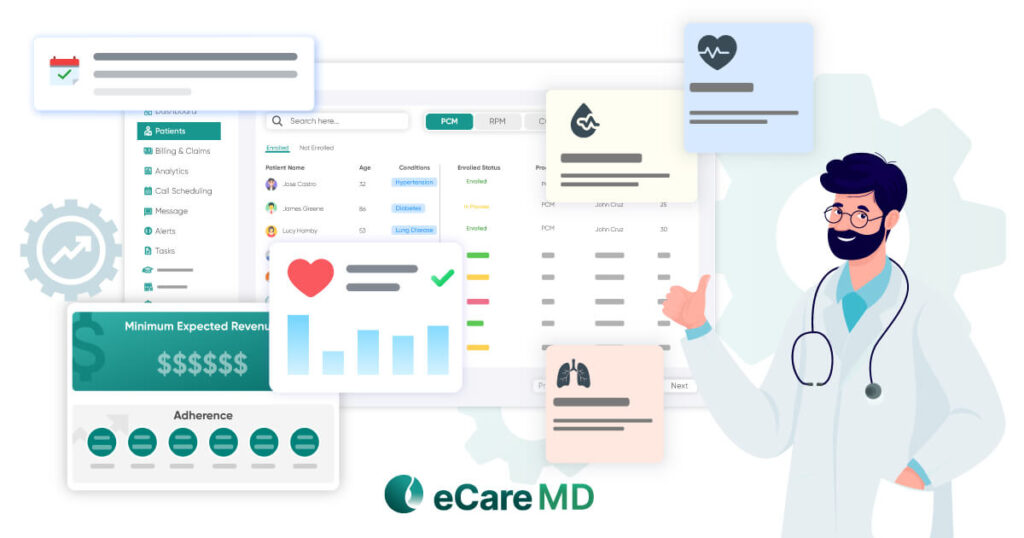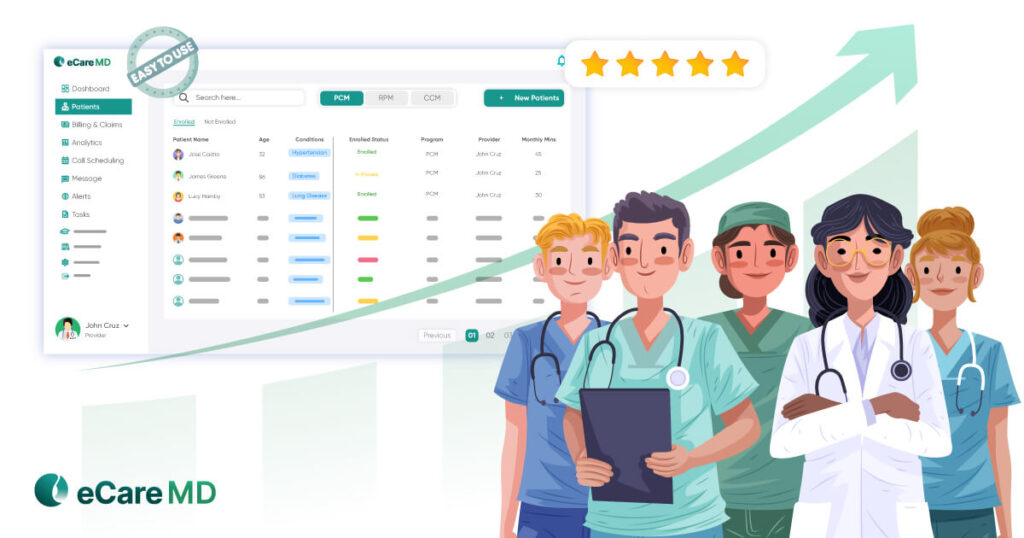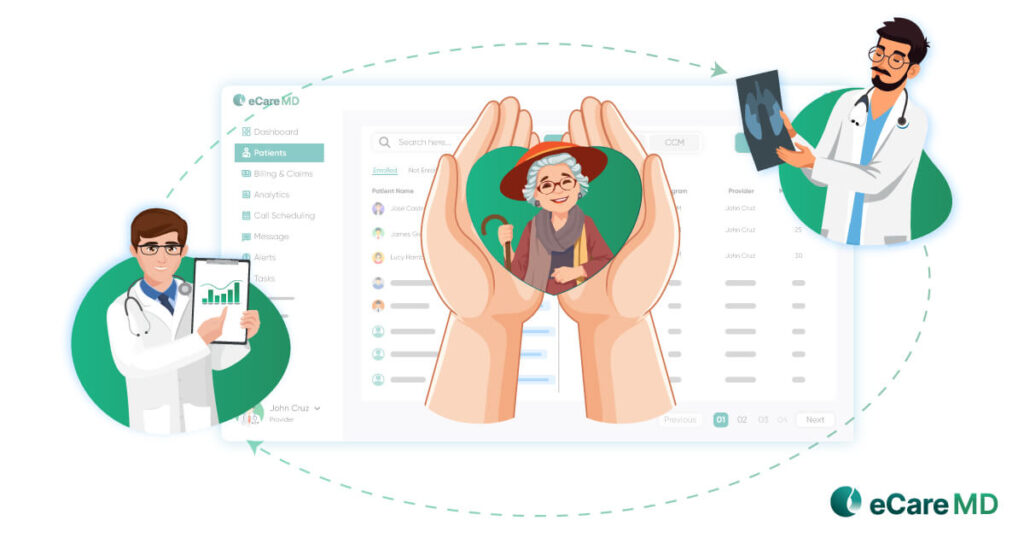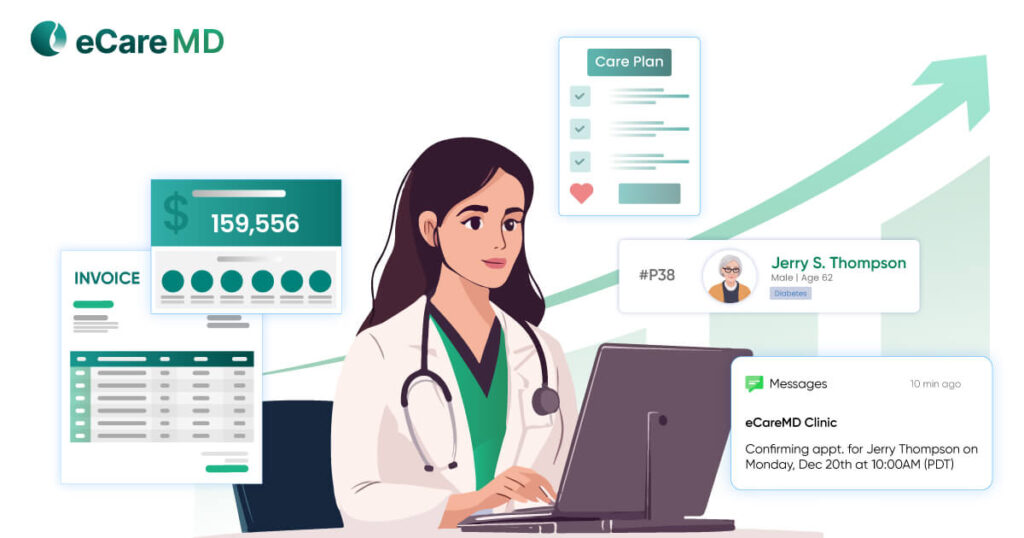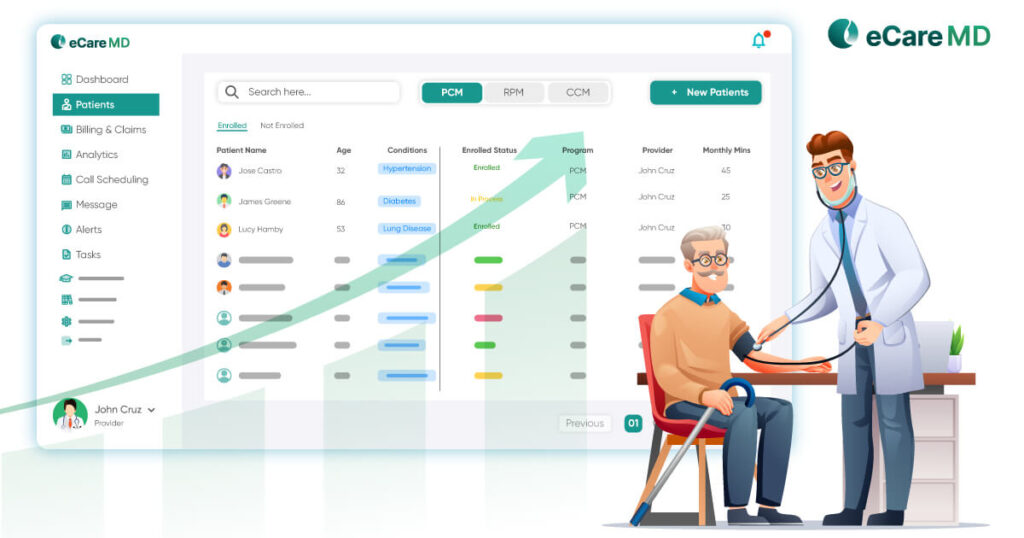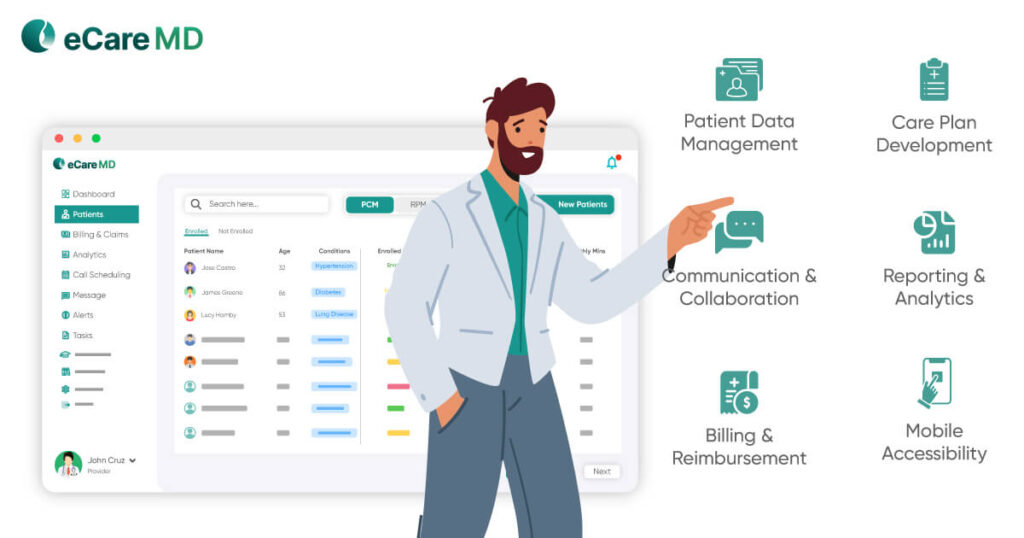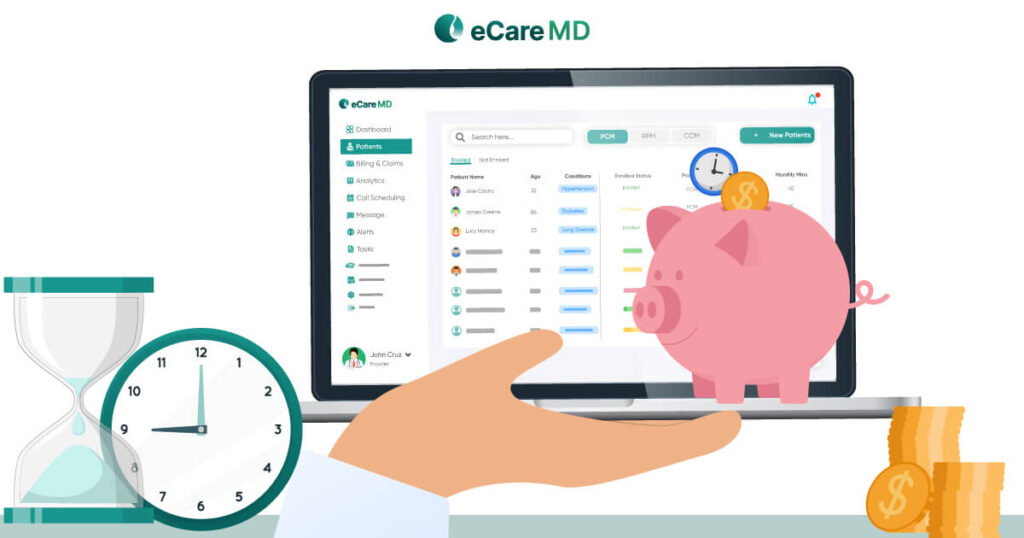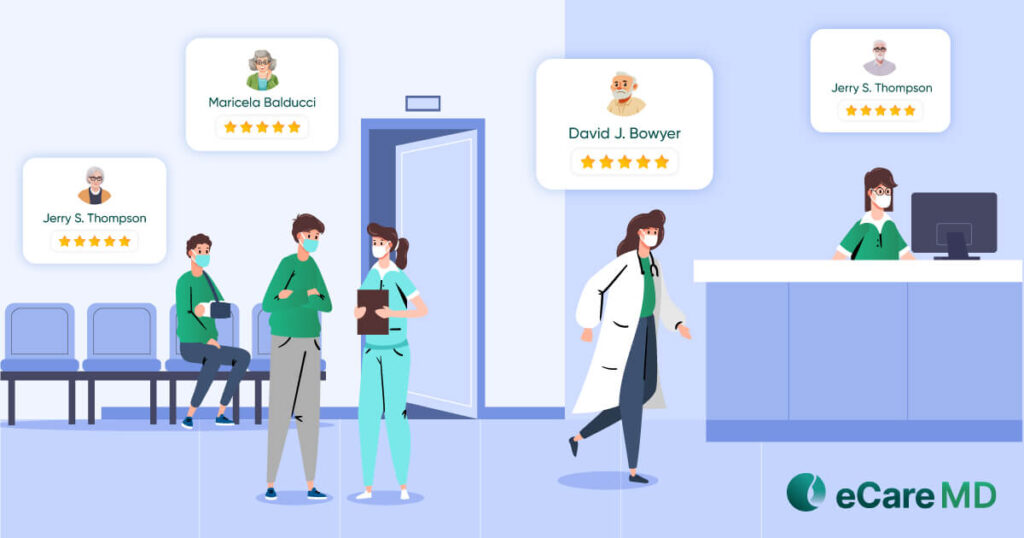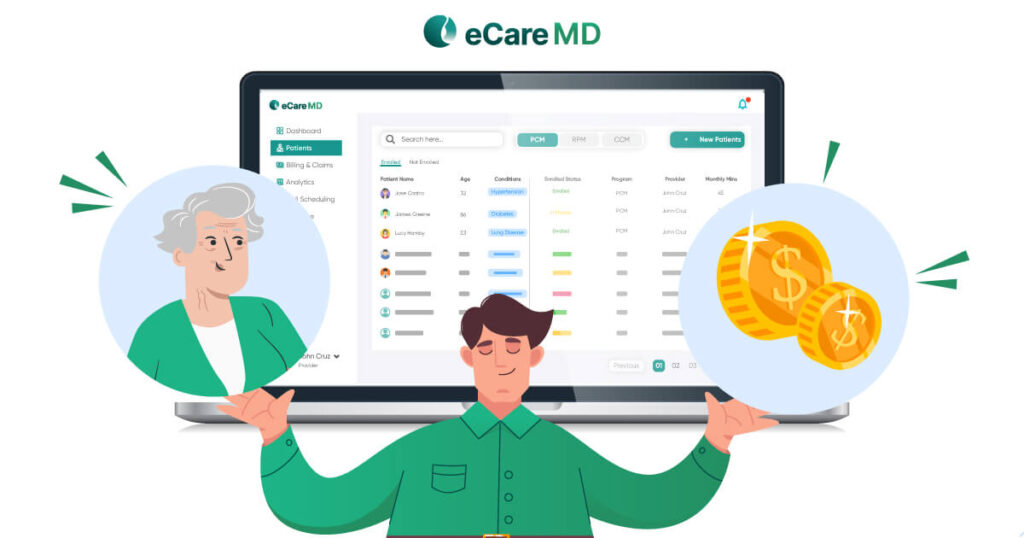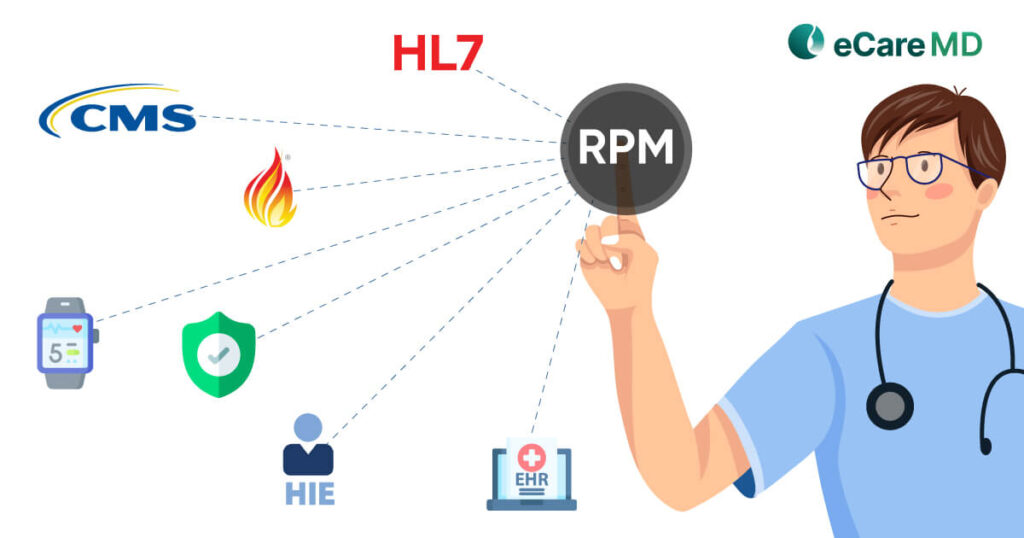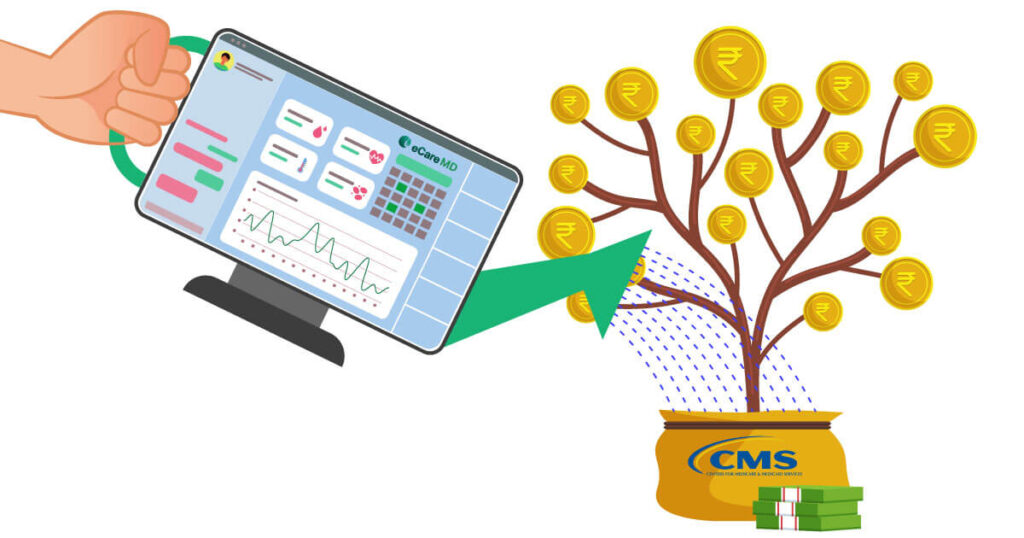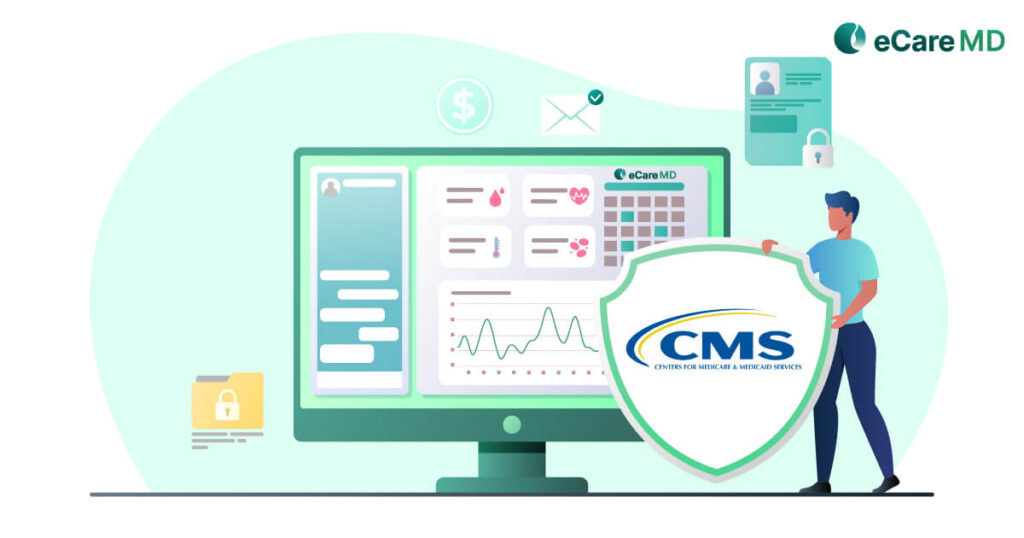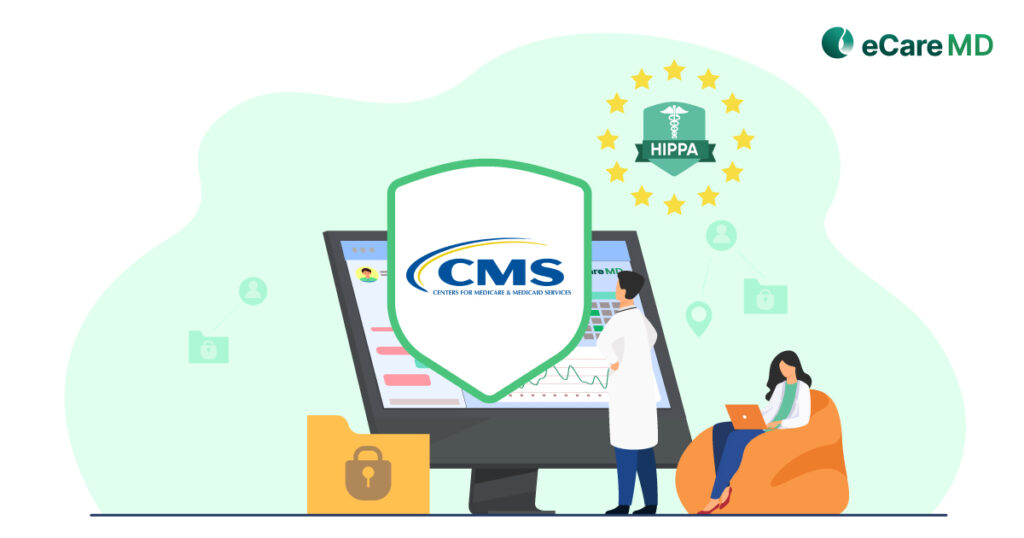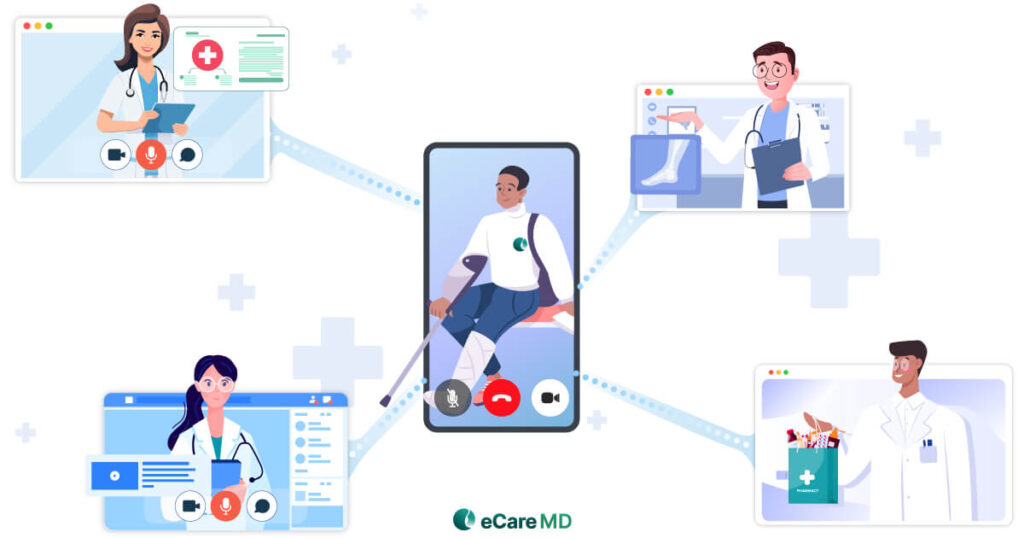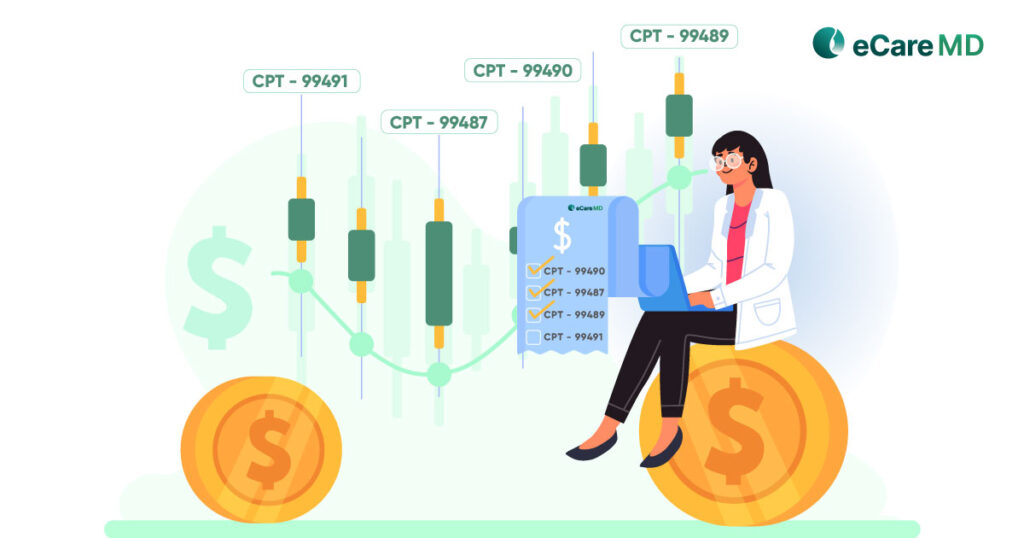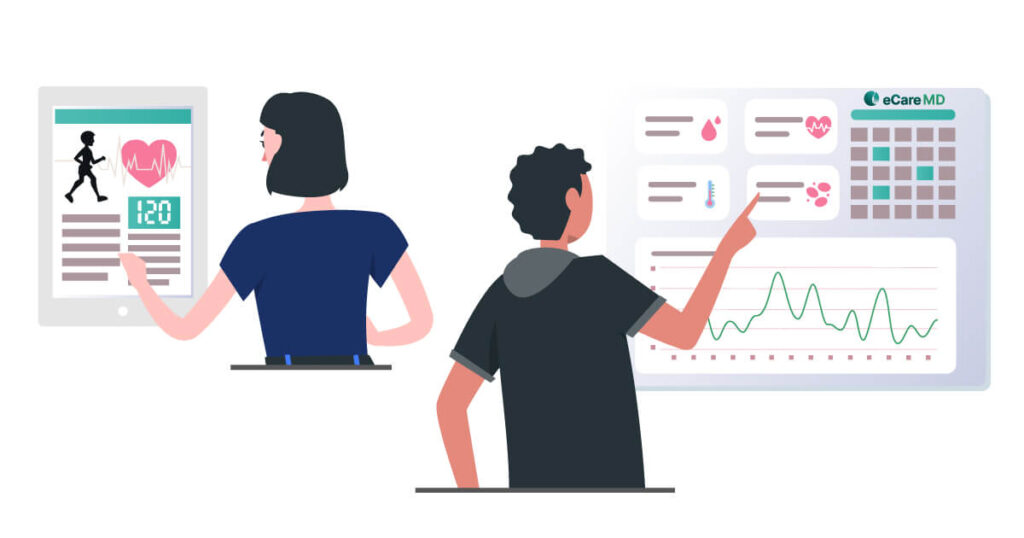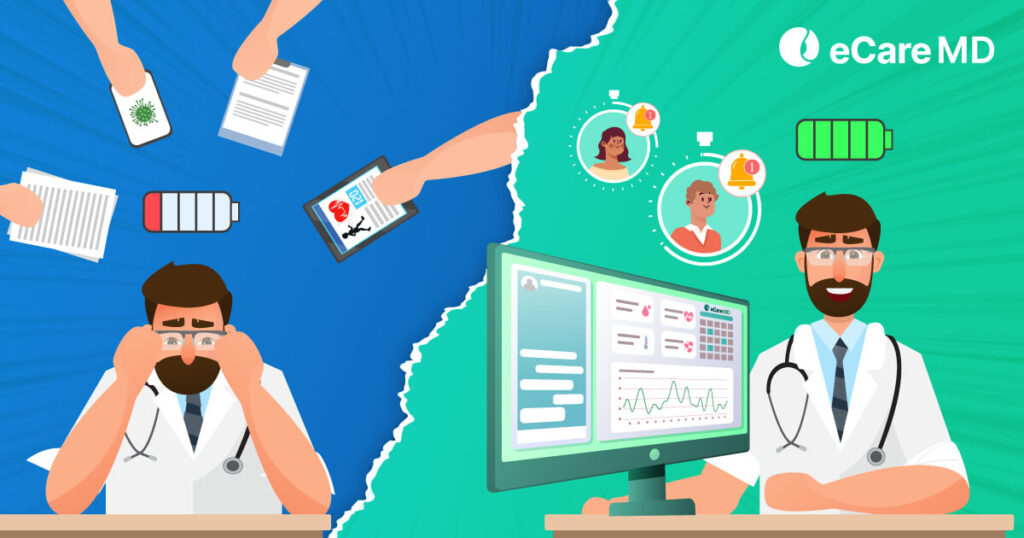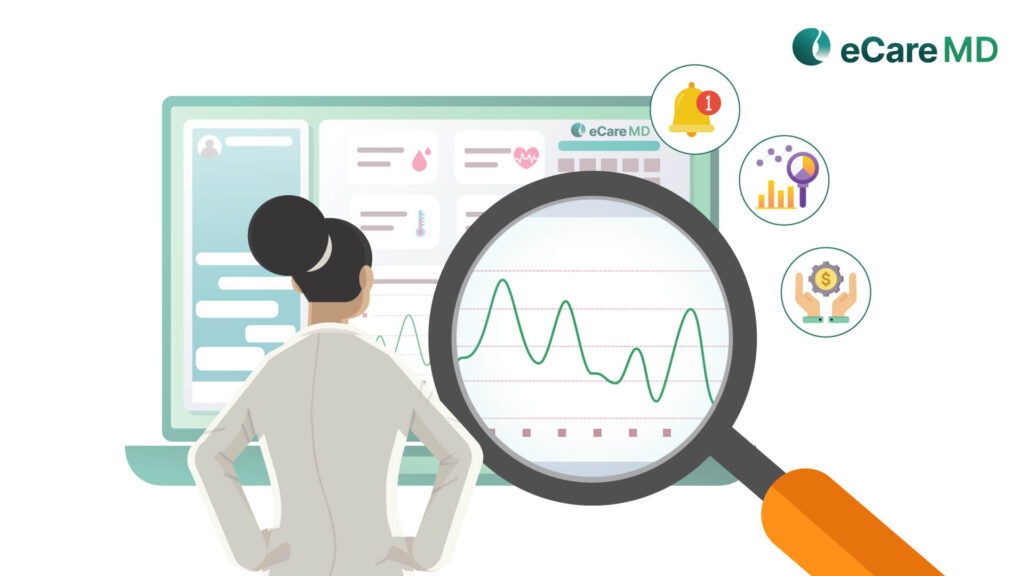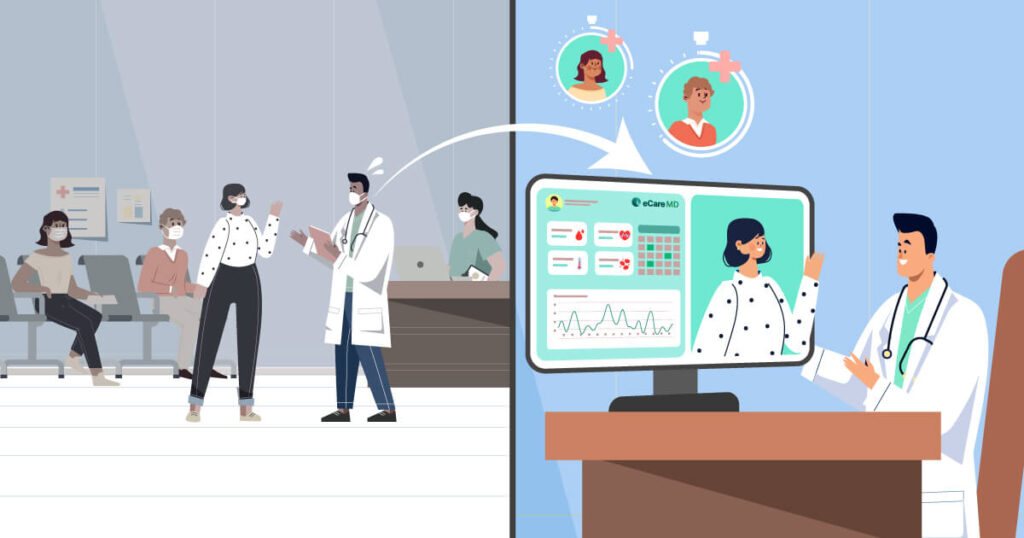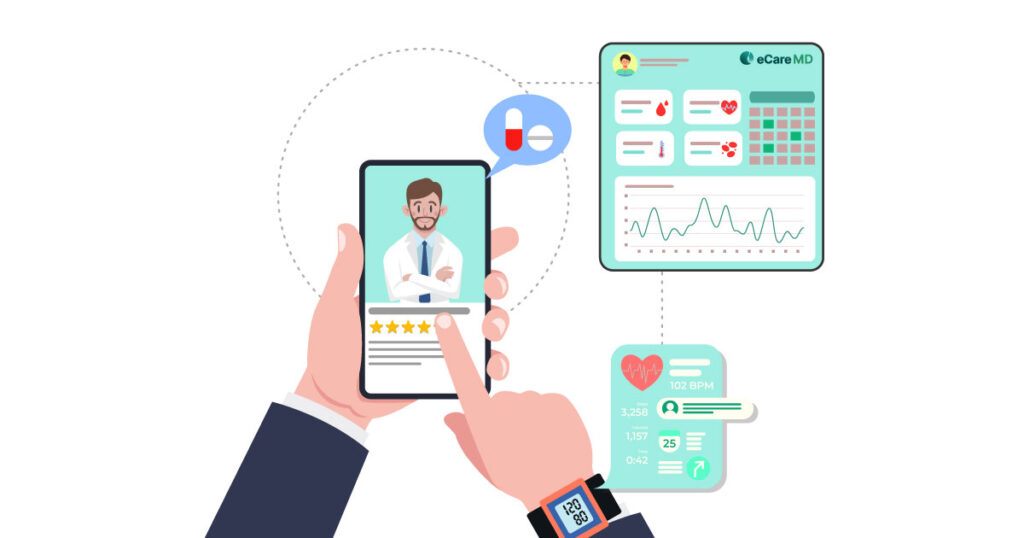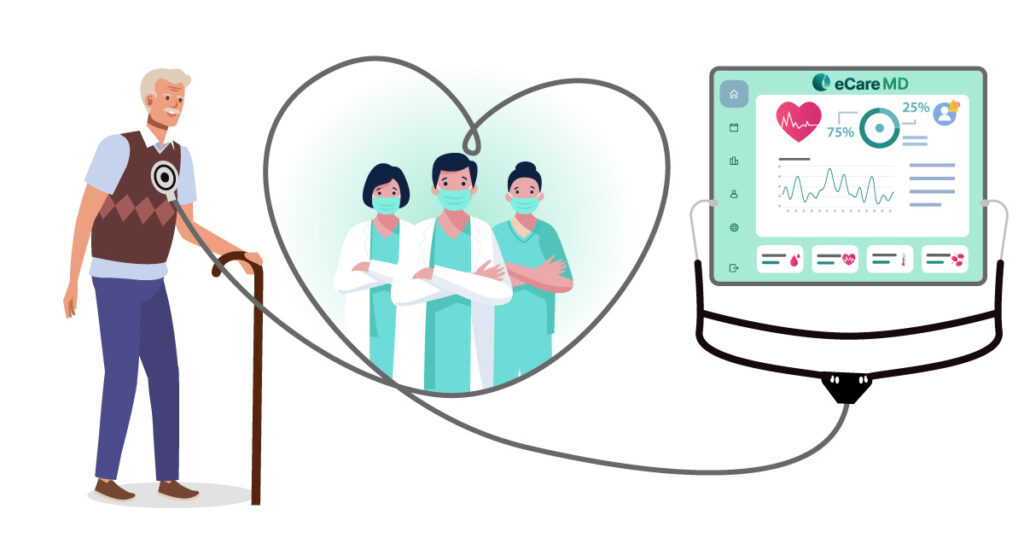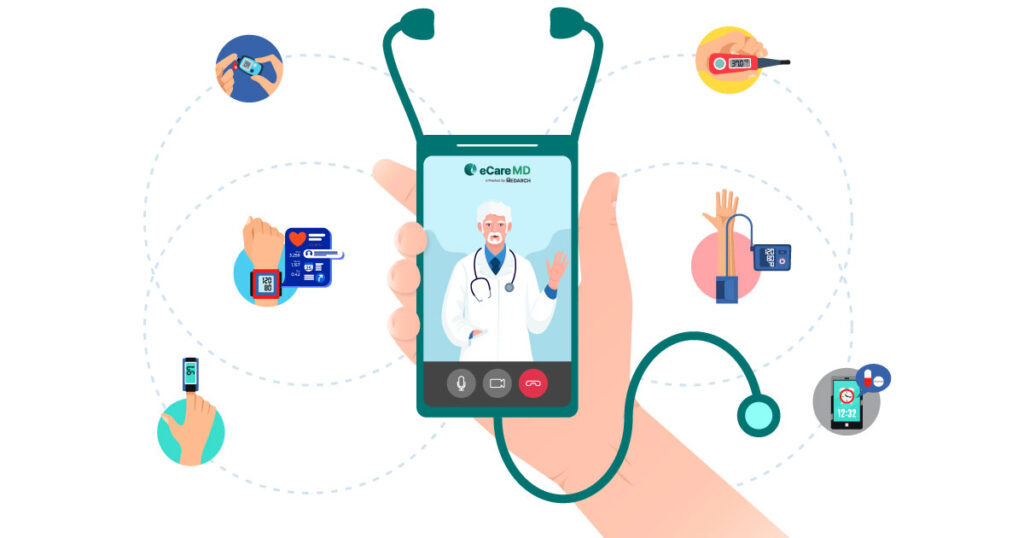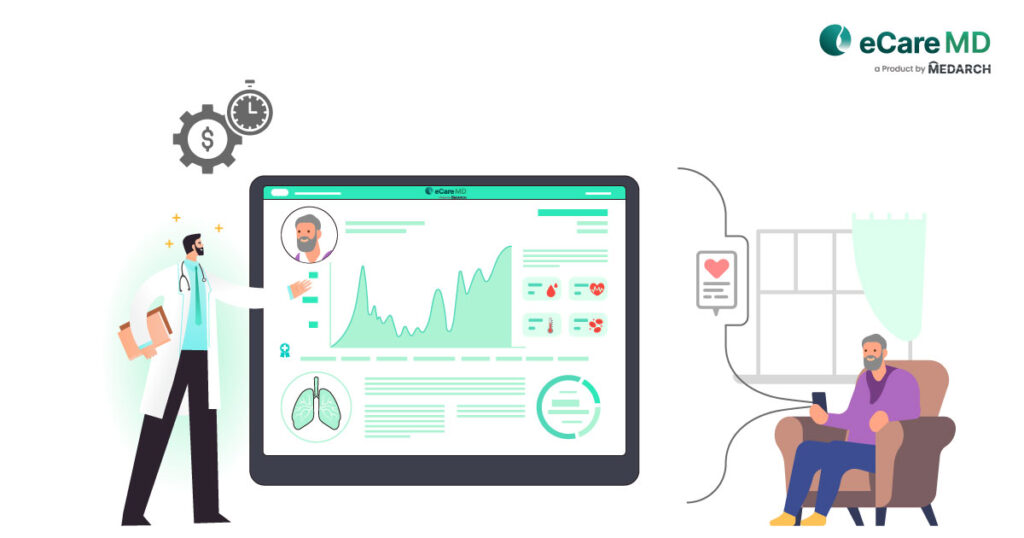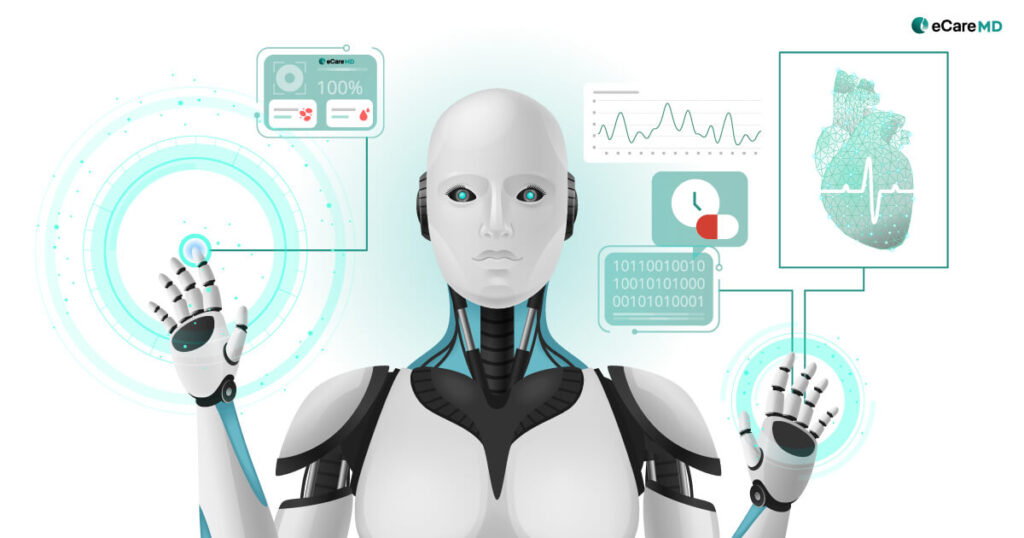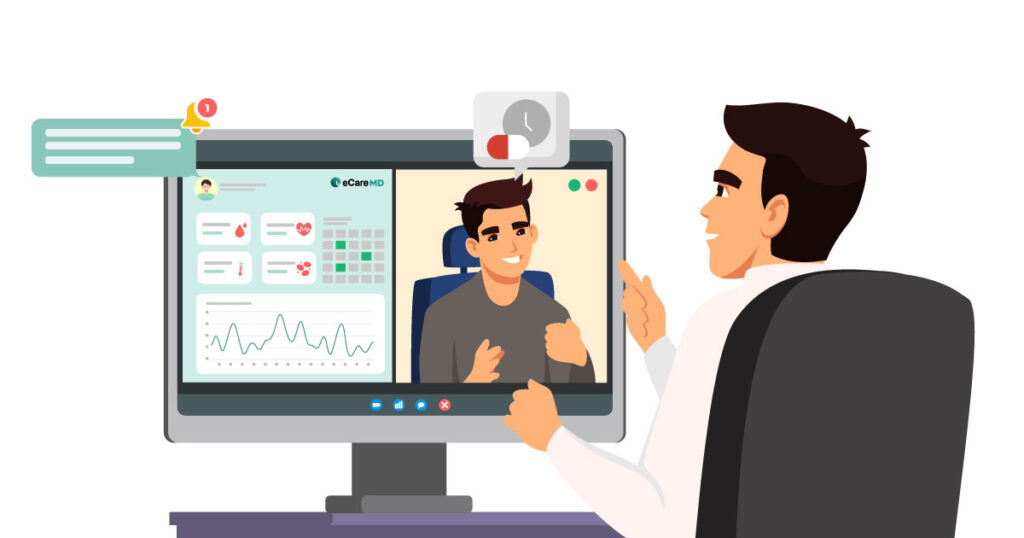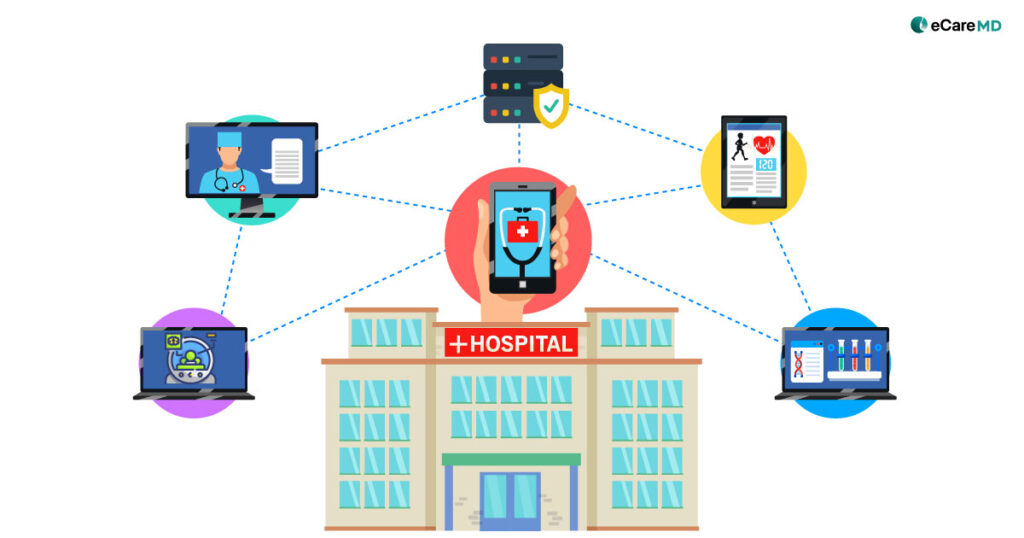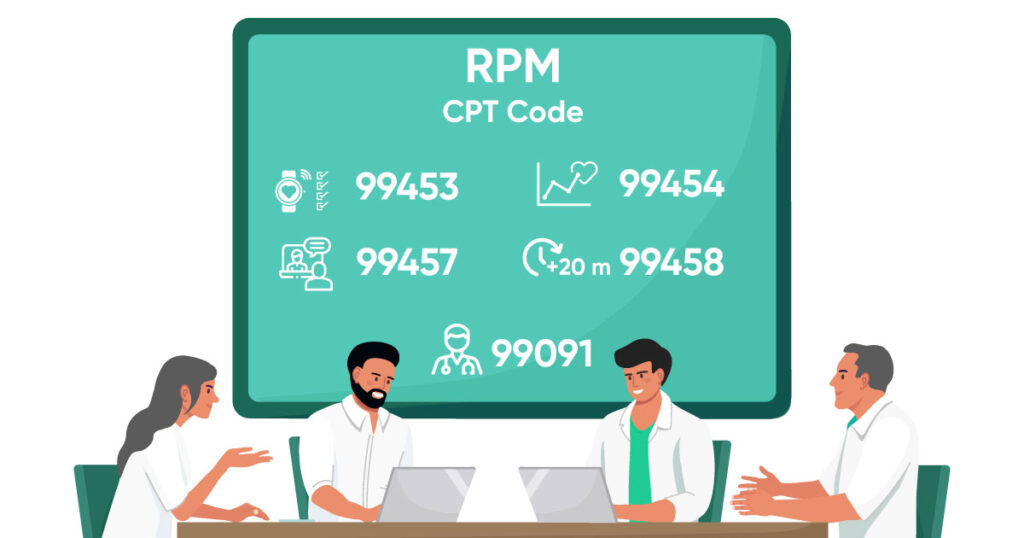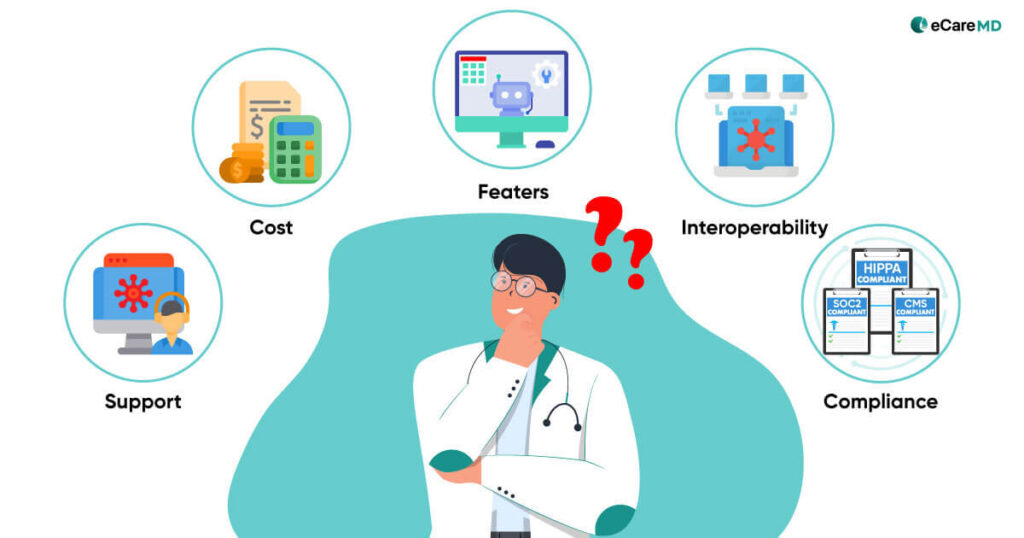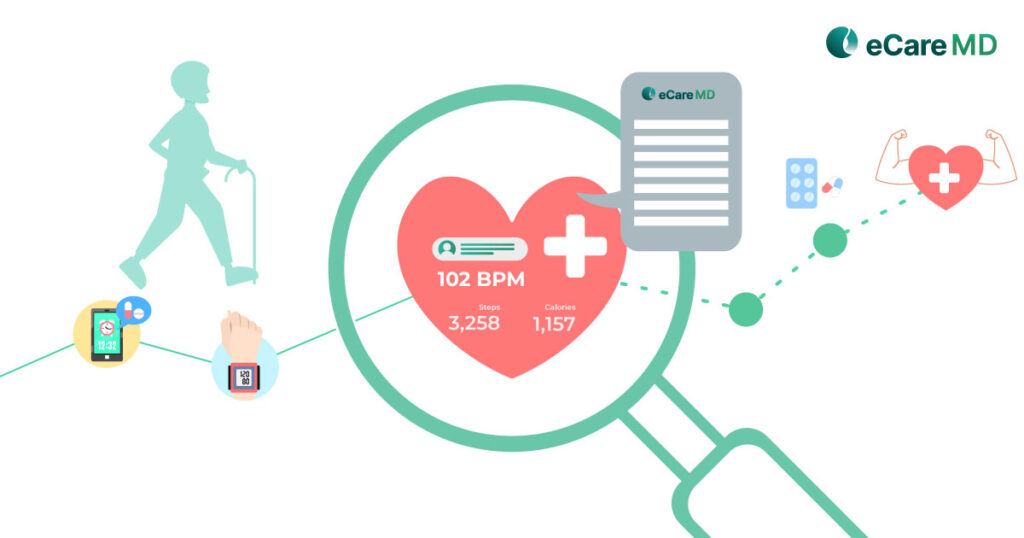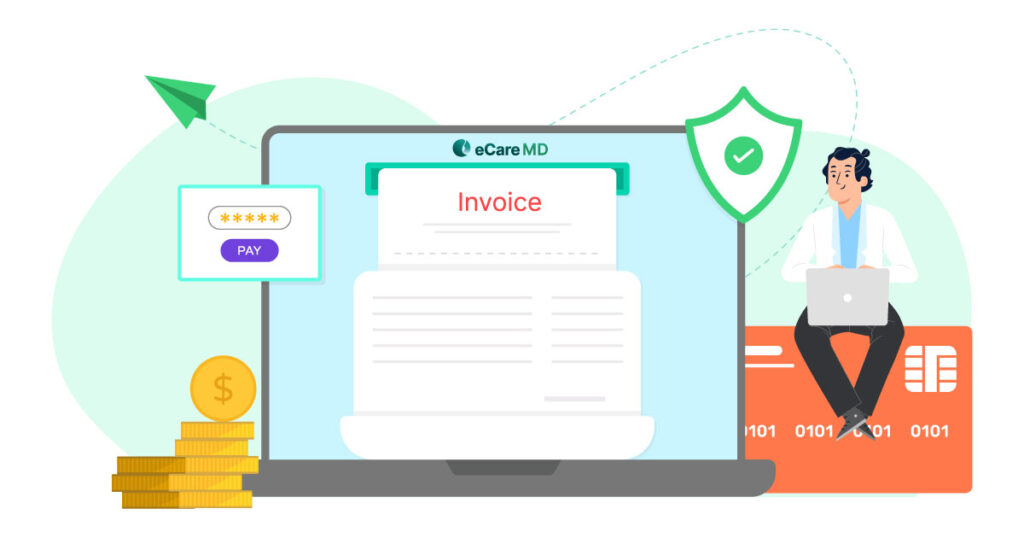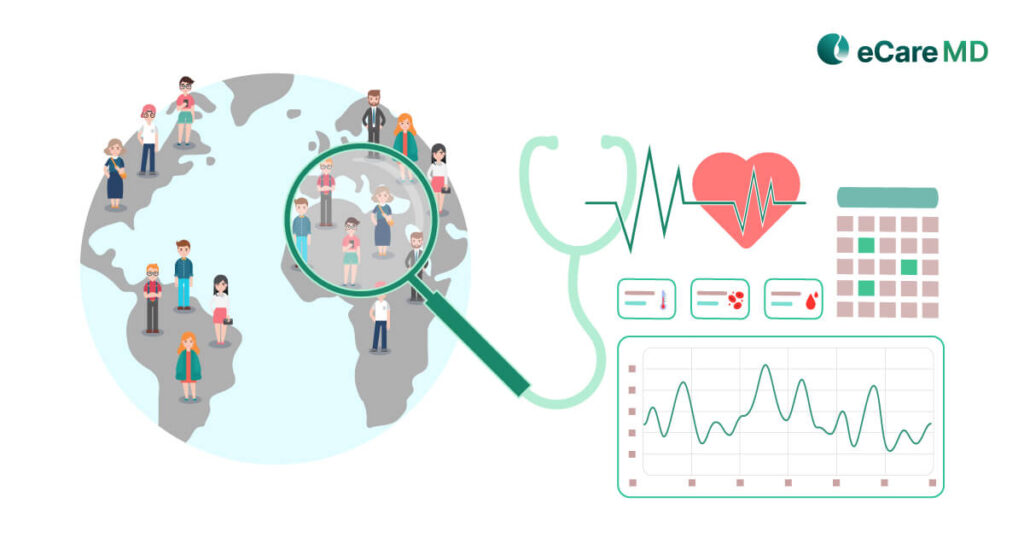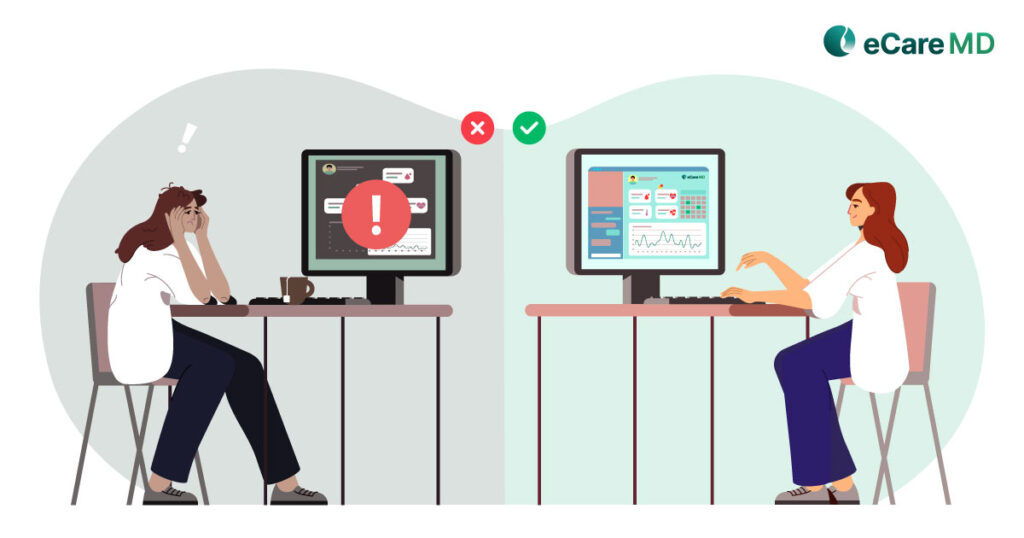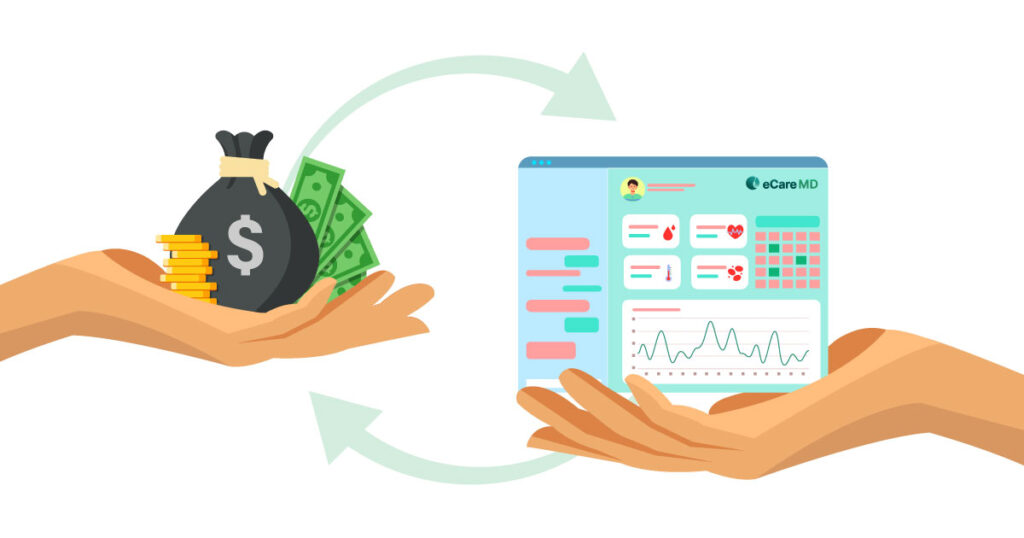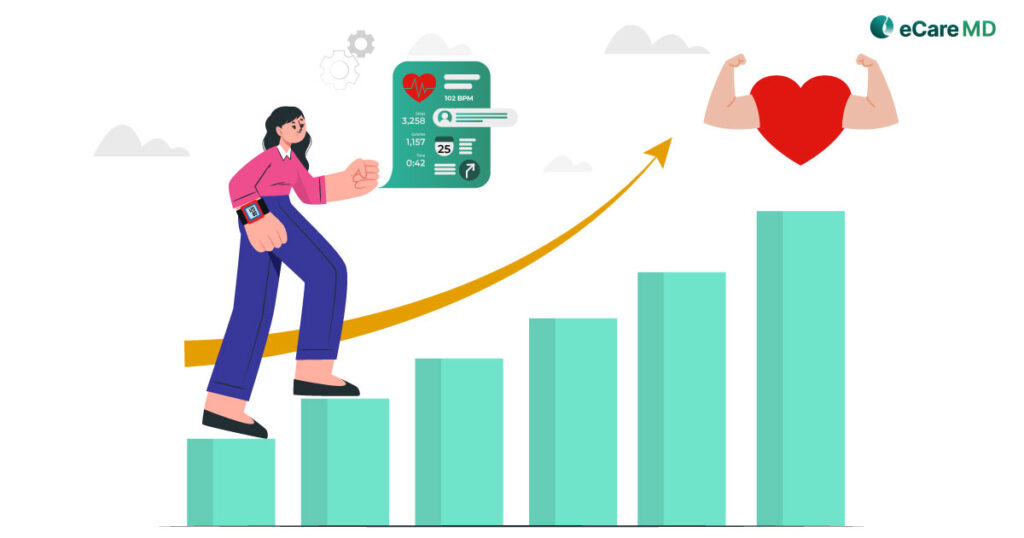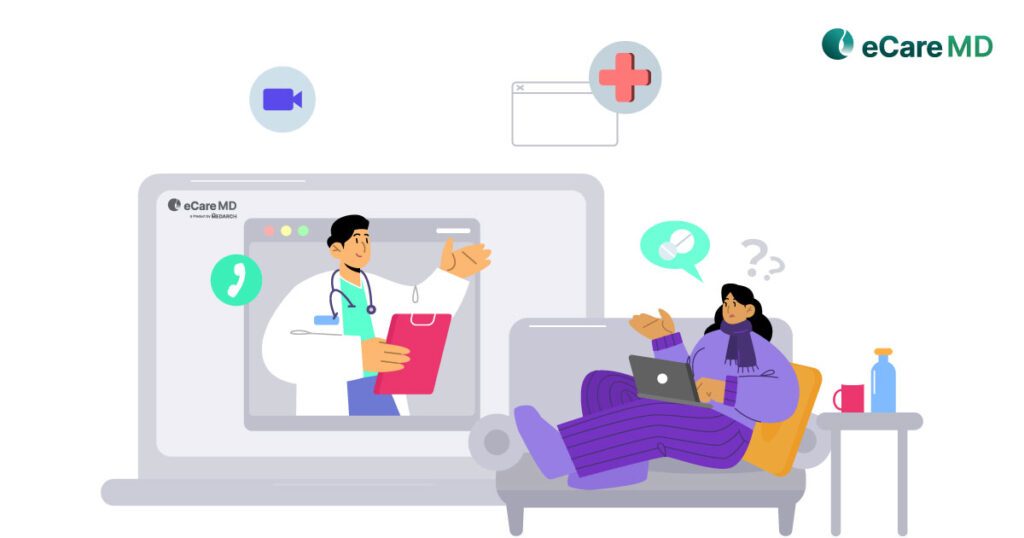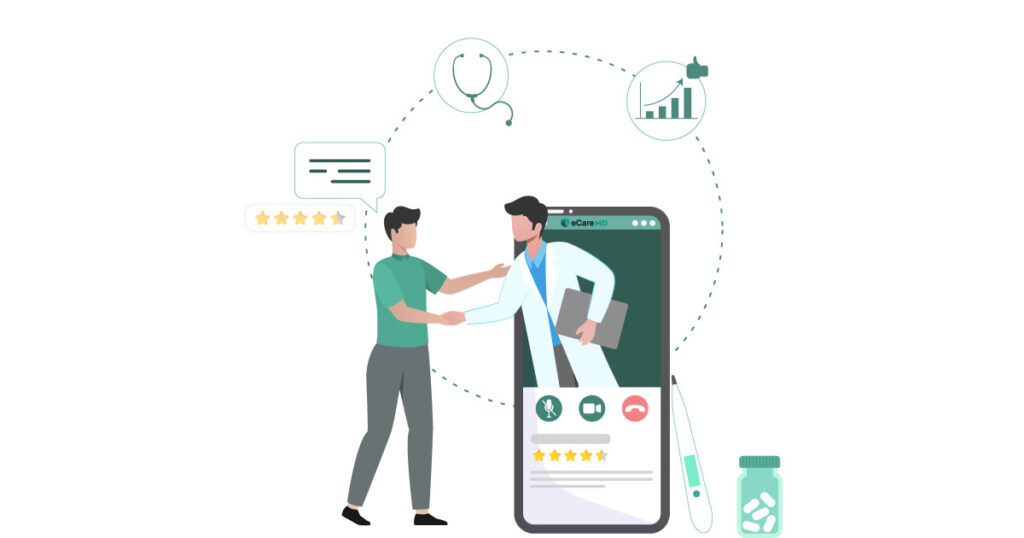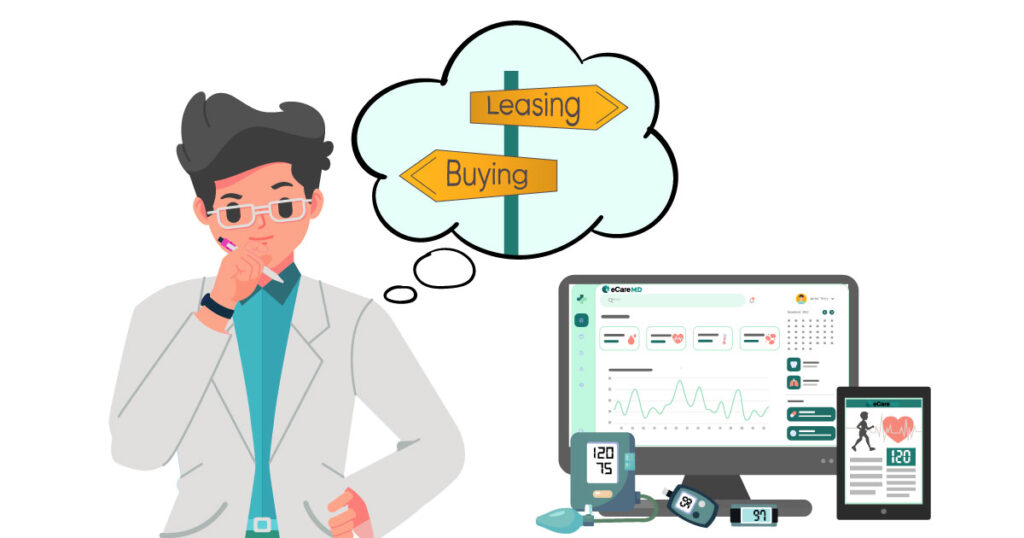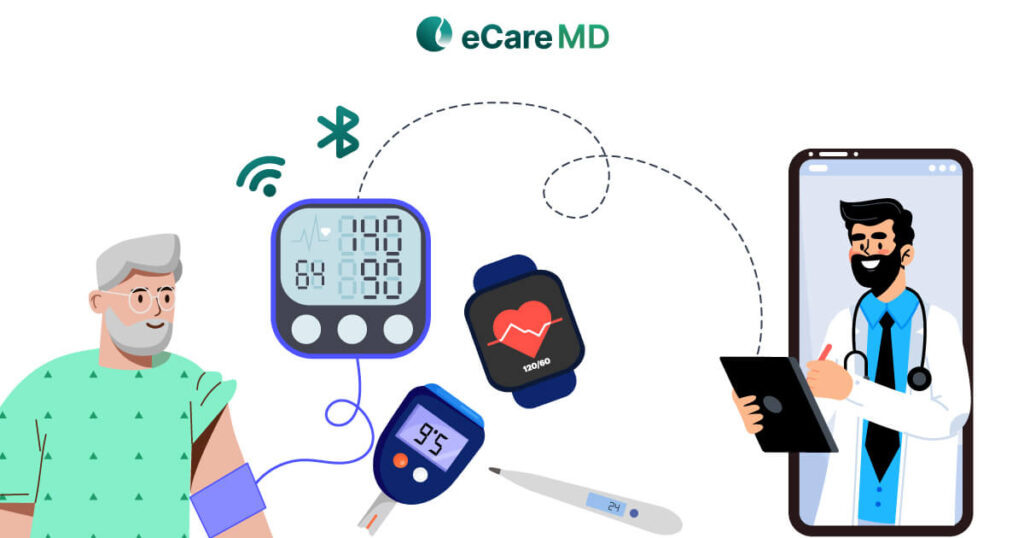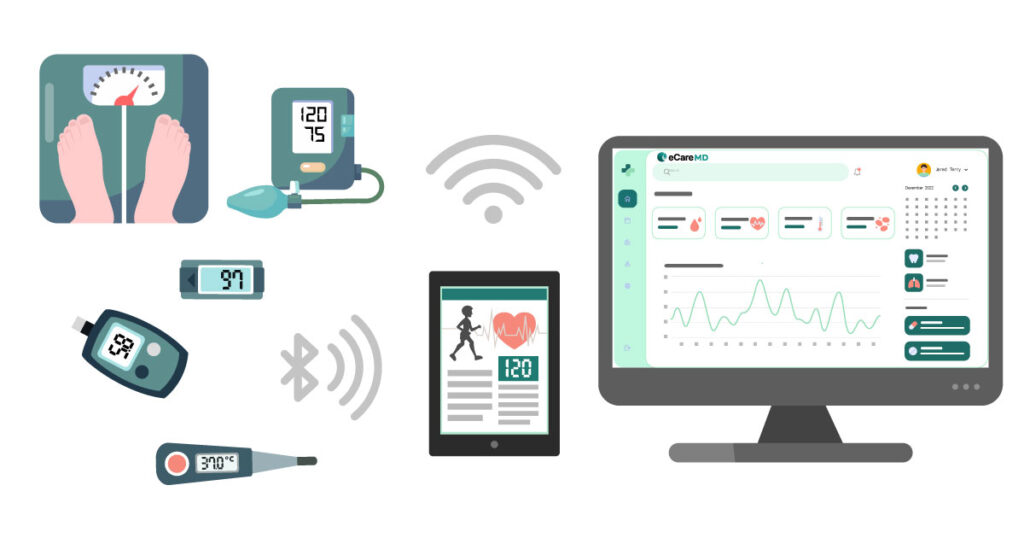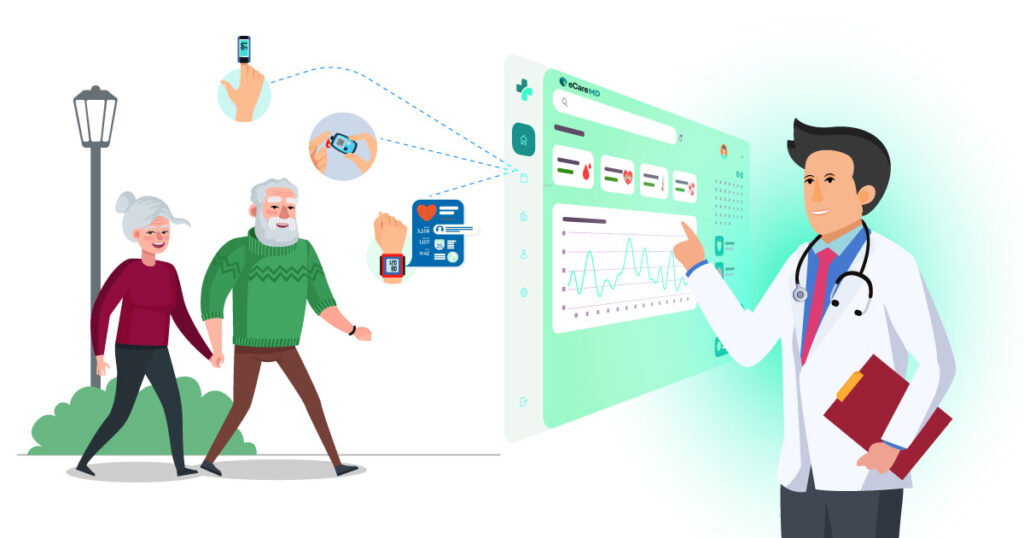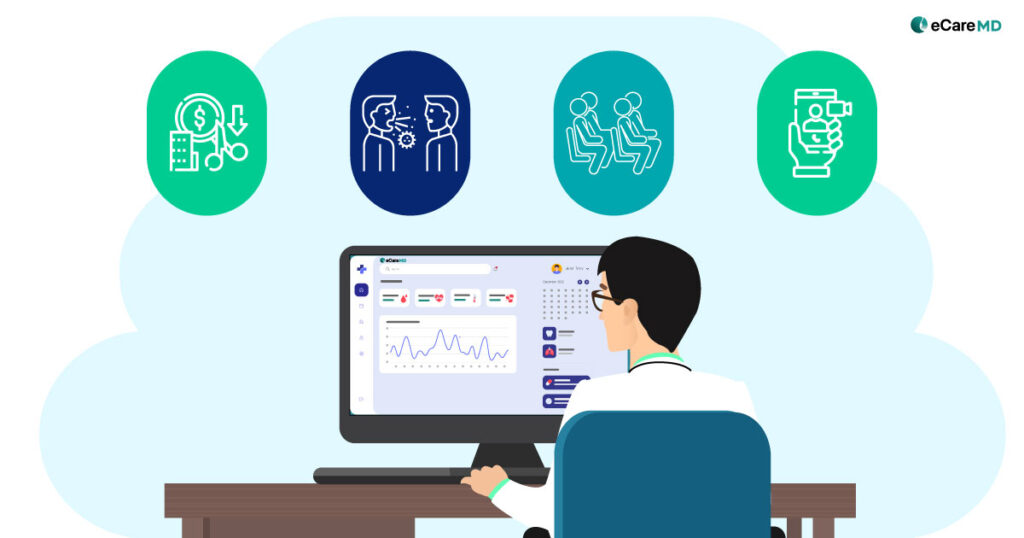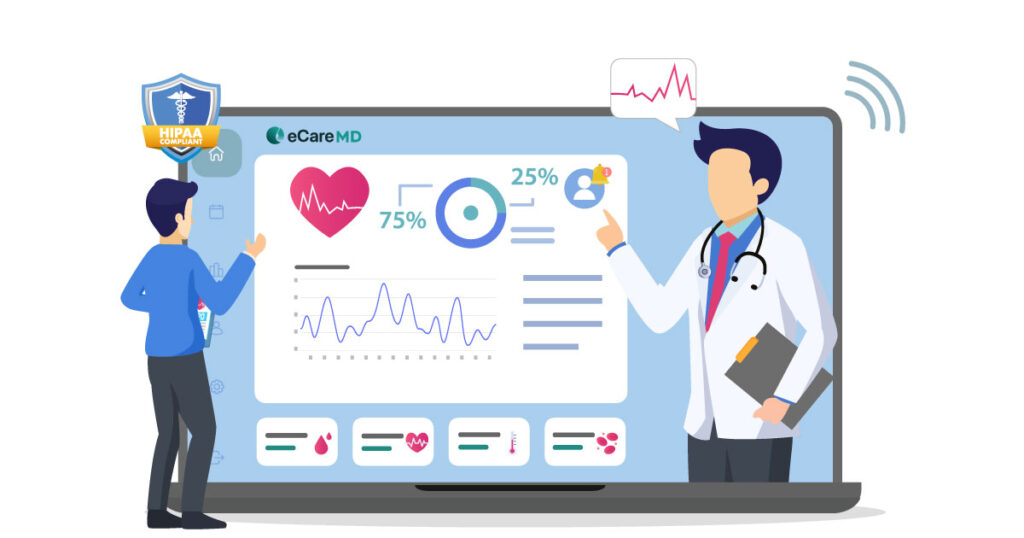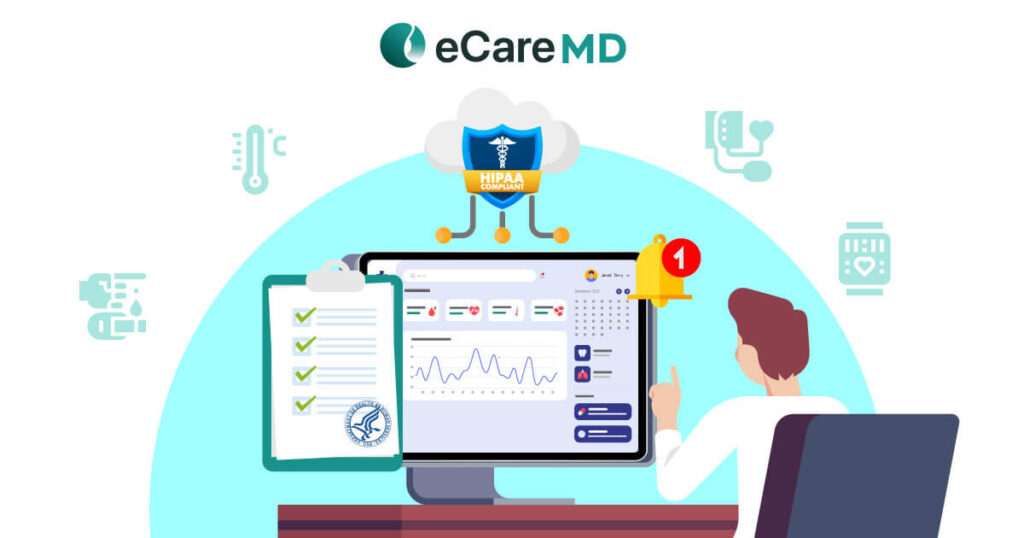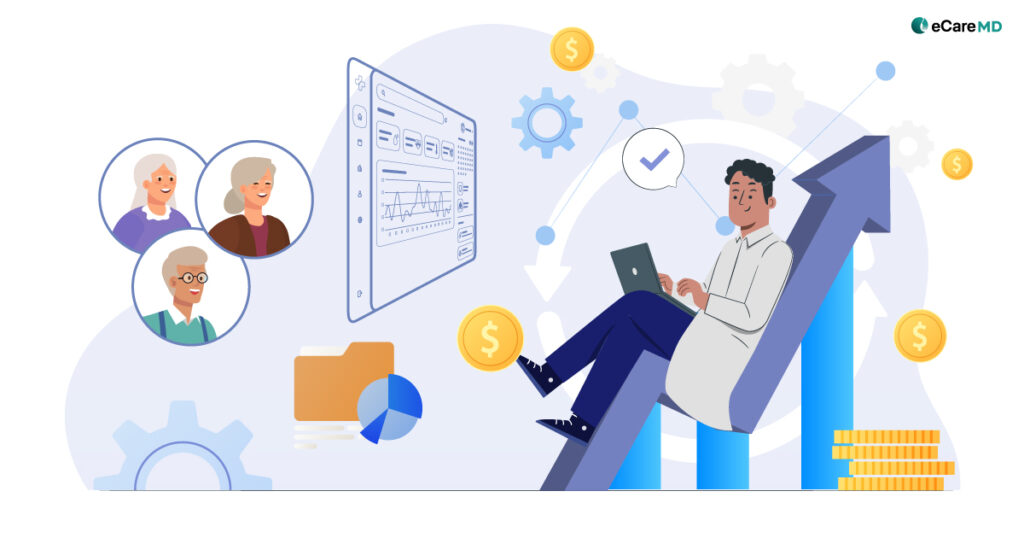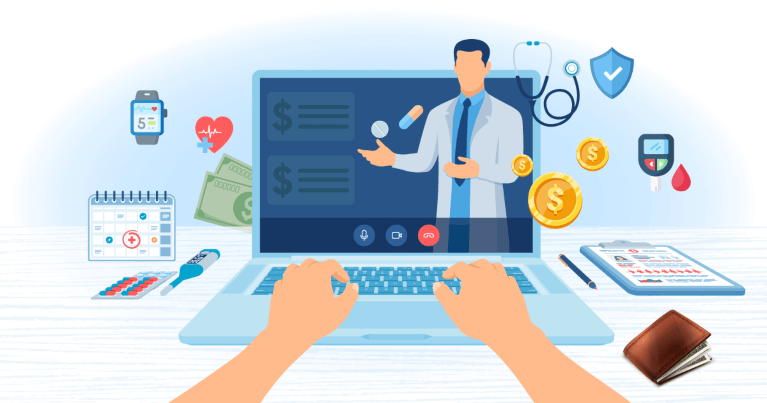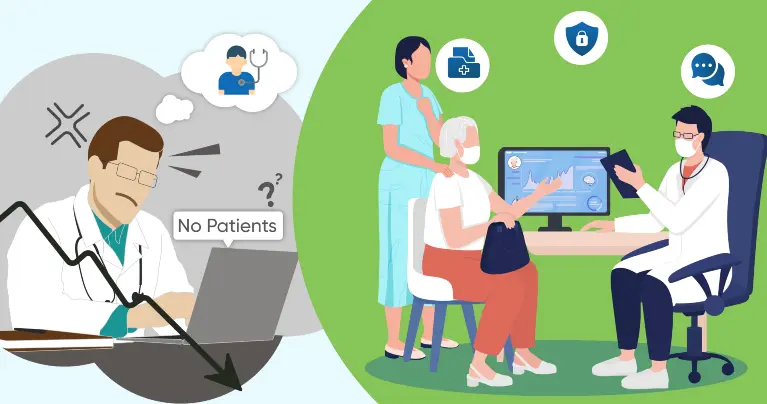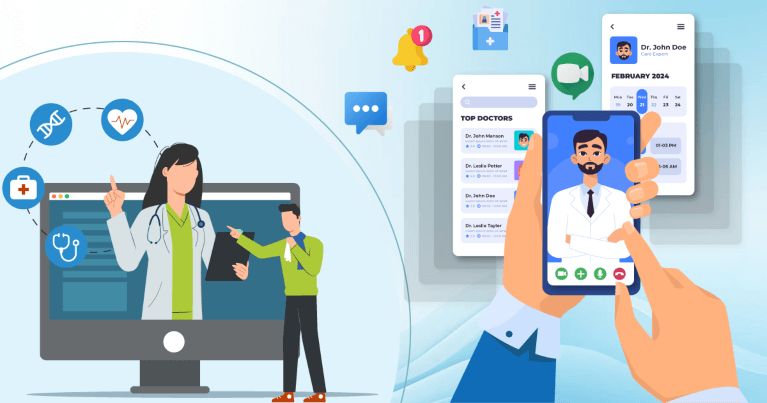The very first thing that a provider does during their patient consultation is to try to know how much control patients have over their health.
Being a healthcare professional, you would agree with it, wouldn’t you?
This way, you know how much the patient knows about their health. It is important because the psychological effect can be crucial in improving patient health outcomes. By empowering patients, you make them aware of their condition and allow them to take back control.
Furthermore, as the healthcare industry moves towards a digital landscape, the lack of physical presence is thought to disrupt the process of empowering patients; however, it’s quite the opposite. The best chronic care management software drives data-based practices, and based on that, you can curate a personalized care plan and provide ongoing support to the patients.
This enhances patient satisfaction, and the data acts as proof to engage more with their care plan. But how does the use of the right chronic care management software help in empowering patients with chronic conditions?
Well, let’s make the process easier and help you find out the role of technology in healthcare management!
Patient empowerment, in simple words, can be translated into giving patients more control of their health. Allowing patients to take back control of their health—especially those who are chronically ill—has a psychological effect on patients, which directly contributes to improving their health outcomes.
Now that you know why patient empowerment is important, let’s see how you can give your patient population more control over their health with CCM software.
In this digital healthcare landscape, integrating chronic care software with healthcare systems enables providers like you to consult your patient with EMR and telehealth. However, to add the convenience factor in consulting them better and faster, it uses the feature of remote patient monitoring, where patients manually take their health readings, which are automatically pushed to the provider’s system to enable virtual consultation.
This data empowers patients to actively participate and be involved in their care activities. Along with that, it also increases the patient adherence levels with their treatment and care plan. This empowers the patient to engage proactively in self-care activities.
Patients with chronic conditions often have concerns regarding their health even with an eccentric change in health data metrics. Though addressing this challenge in traditional practice is hard to achieve, the CCM software has built-in features that allow patients and providers to facilitate communication.
The secure messaging feature facilitates an open dialogue between the care team and the patient to decide on an appropriate care plan. It enables care providers to take patient choices and preferences into account and make informed decisions.
The CCM software automatically pulls data from the RPM devices and pushes it to the provider’s system to further engage the patients with their care activities. Its further integration with EMR systems directly reflects the recorded reading in real-time to the patient. This process is the initiation process of patient care, which keeps them engaged with care.
To empower patients about their health conditions, it is essential to educate them about them. In a virtual care landscape, this requires you to provide adequate educational material, including symptoms, lifestyle changes, etc., specific to their condition. The CCM software comes with an in-built library of educational resources for chronic disease management for you to share with your patients.
This promotes health literacy amongst patients and helps them to understand their chronic condition and disease better. As they say, ‘knowledge is power,’ it empowers patients with knowledge and helps them put their doubts, opinions, and preferences in making important health decisions.
As a healthcare provider, you know why it is so important to treat chronic conditions carefully and on the basis of data. The CCM software being developed to help you treat chronic patients better understands the same. It gives an overview of the health history of the patient with EHR integration and facilitates the process of curating personalized care plans.
Along with that, the CCM software updates the patient in real-time and actively involves them in the care plan development. With the help of a secure messaging feature, you can easily take the patient’s needs and preferences into account.
This way, the CCM software helps you involve the patient in their care journey and empowers them with a sense of freedom in their care journey.
The Centers for Medicare and Medicaid (CMS) requires you to set goals for the patients enrolled in your chronic care management program. In goal setting, the active participation of patients is crucial to setting achievable goals and working on them.
To do this, the CCM software allows seamless communication between the care team members and patients. By giving access to the complete picture of a patient’s health to everyone involved in the care team brings everyone on the same page. Once everyone’s considerations and patient’s preferences are taken, the care decides a proper care plan with a specific goal in mind.
This doesn’t end here; the CCM software then records every movement in a patient’s health vitals. This enables tracking and keeping the set goal in vision. By being given the freedom to be actively involved in the goal-setting and care planning process, the patient increases their adherence to the care plan, which directly results in improved patient health outcomes.
As a healthcare professional, you know that chronic patients are prone to many health conditions. That is why CMS recognized continuous monitoring as a necessary part of the CCM program. Furthermore, integrating chronic care software with healthcare systems gives you instant access to real-time patient health vitals.
This helps you identify any potential health issues in patient vitals, allowing you to intervene in time and provide the necessary preventive care to the patient. Along with that, if you are using the right chronic care management software like eCareMD, then through predictive analytics, you will be easily notified about the patients who are at higher risk and be prepared for it beforehand.
Such features reduce the likelihood of complications in the care plan through timely interventions.
The patient will only feel valued and heard when they are properly engaged with their care delivery. As care practices adopt holistic care approaches, it is important for you to create a feedback loop for patients to get crucial care input from them.
However, the success of this feedback mechanism highly depends on how well you are able to collaborate with the patients. Take feedback from the patients and communicate with them to make adjustments in their care plans with respect to the set goals and suggestions given to you by the patients.
This way, you not only make the care delivery process more patient-centric but also empower patients with engagement to increase adherence, which ultimately results in improved health outcomes.
When you empower patients with their healthcare activities, they naturally tend to adhere to the dedicated treatment plans, which directly impacts improvement in health outcomes. Along with that, the additional benefits of patient engagement in chronic care you give to patients come in the form of reduced healthcare costs and convenience in receiving healthcare services.
By empowering patients, you give them more control of their health, making them more conscious about their health. This has a psychological impact on patients making necessary changes in their lifestyle to improve the quality of life to achieve set goals and improve health outcomes.
